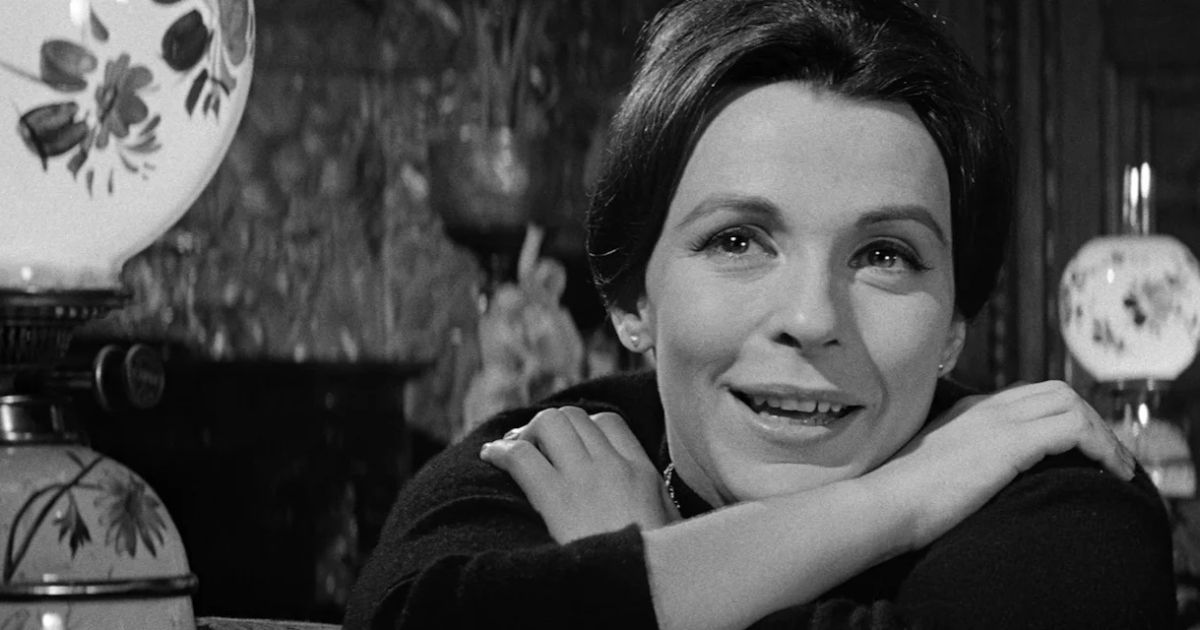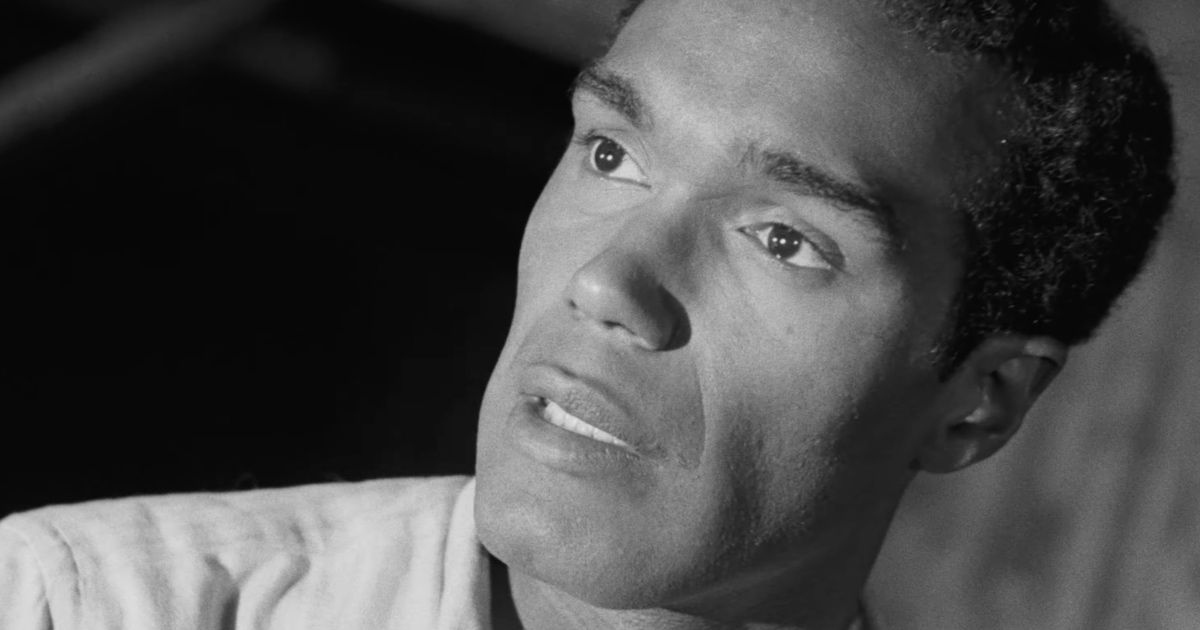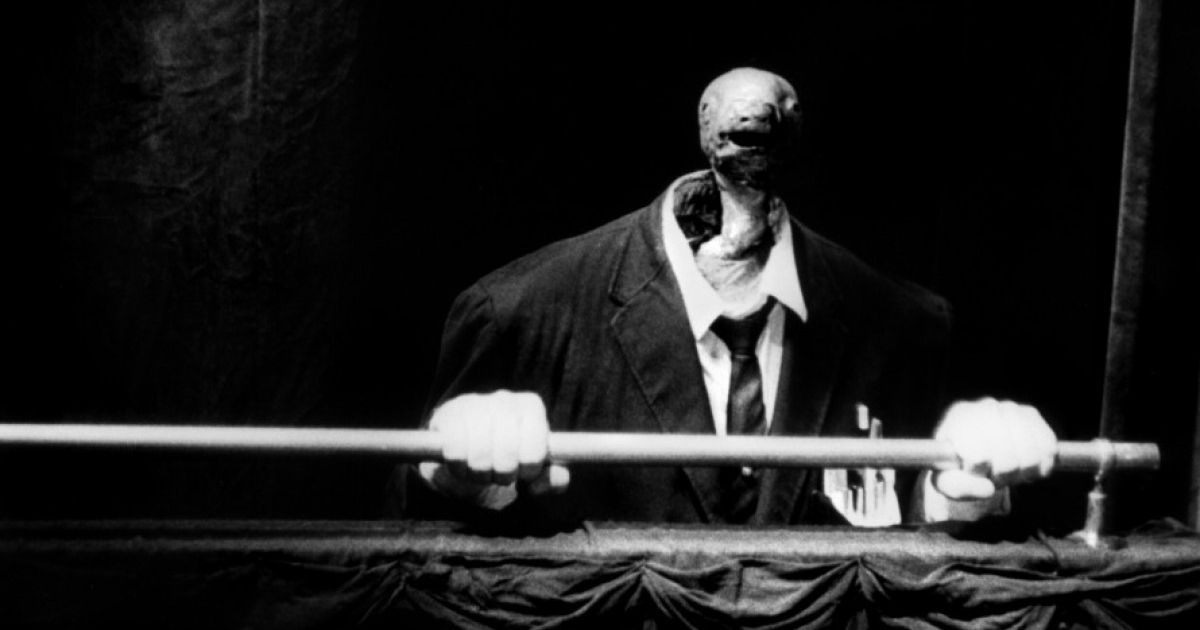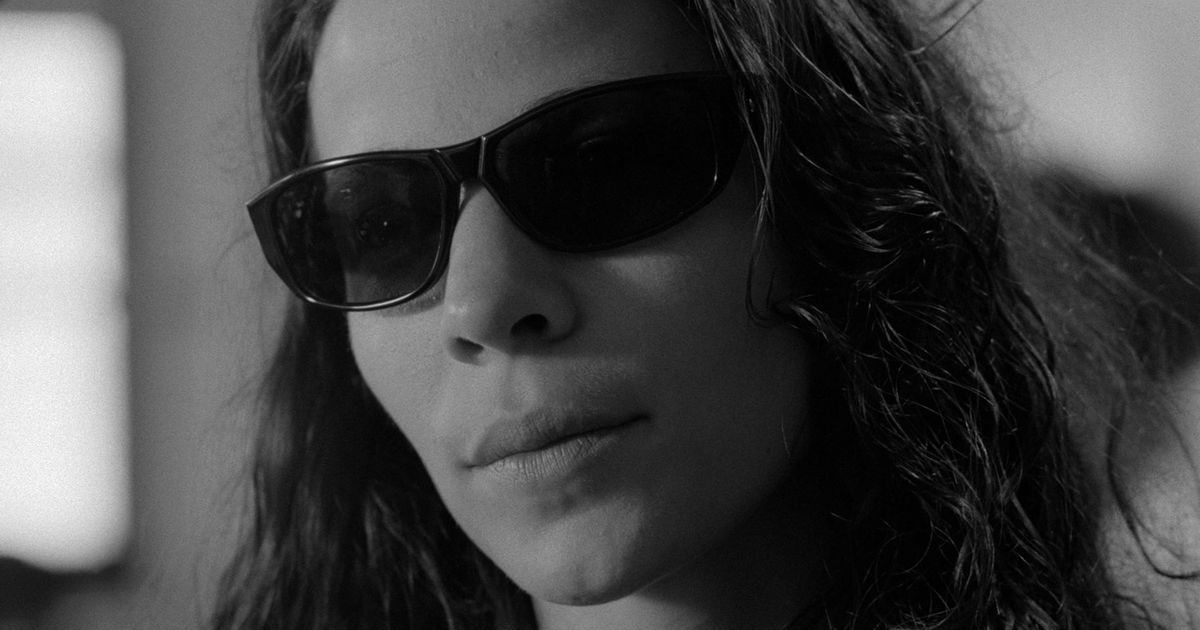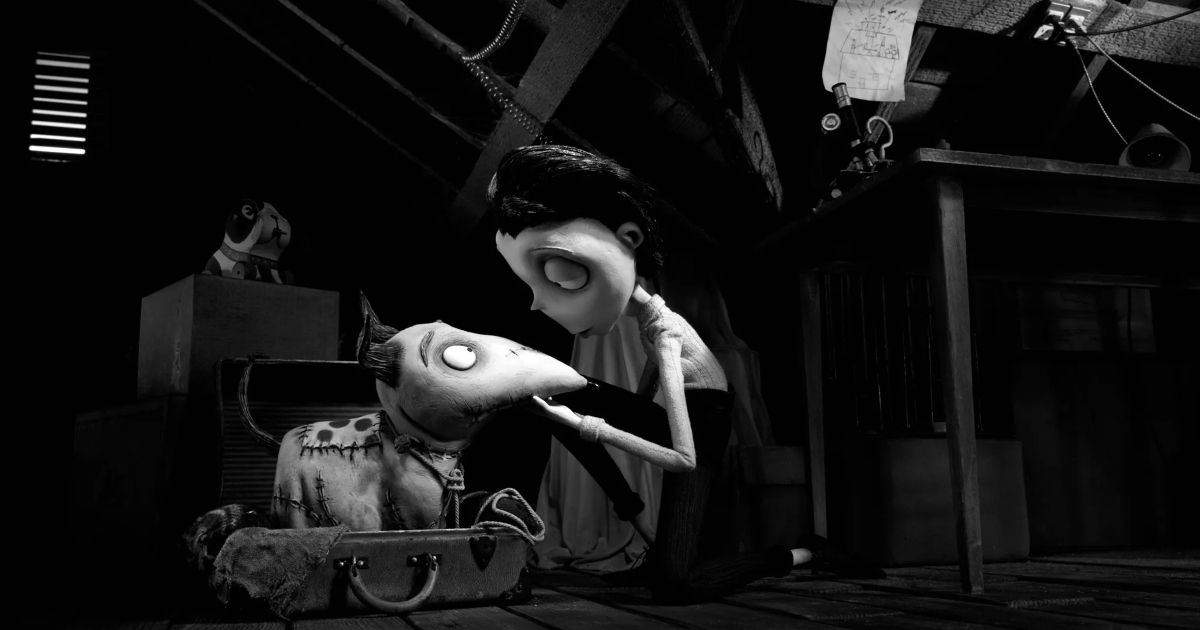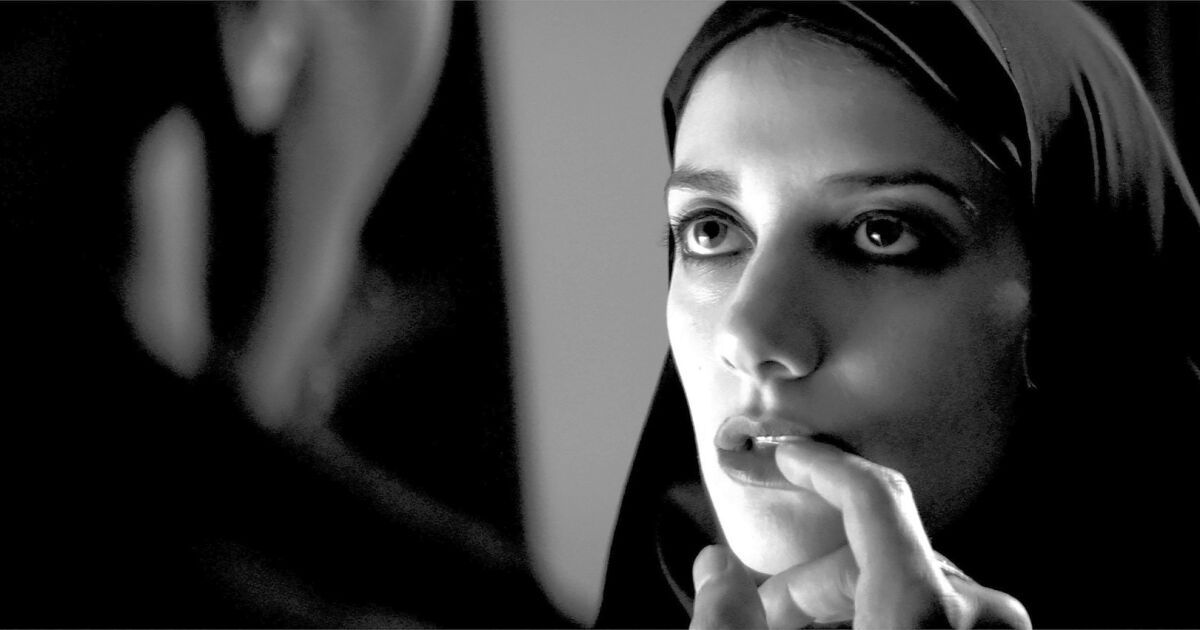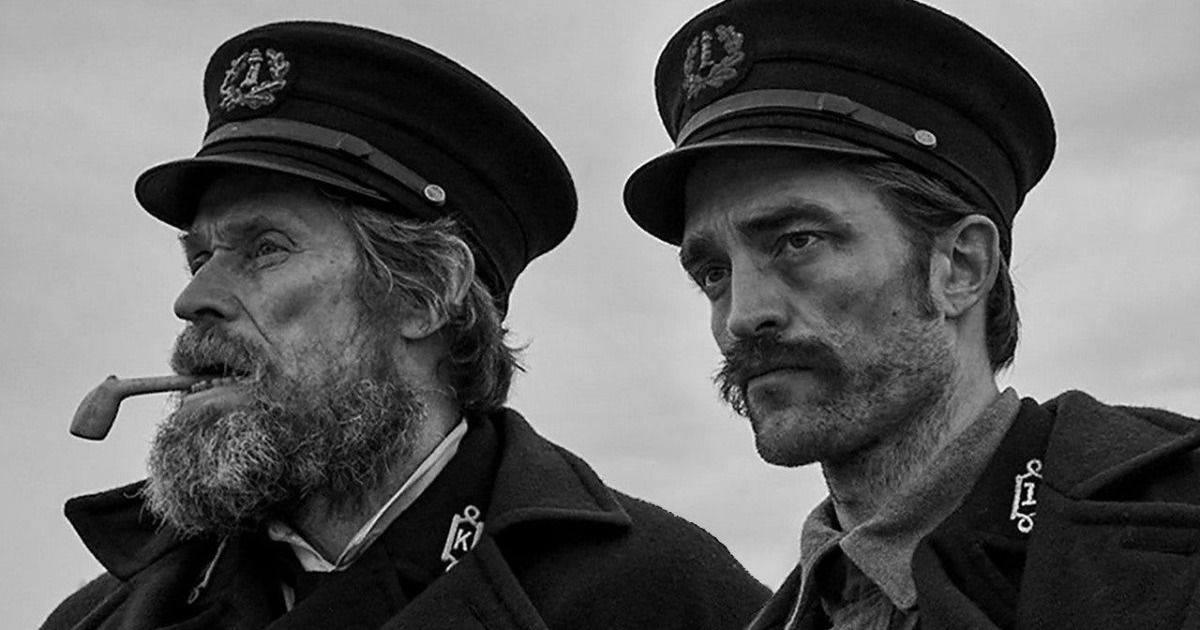A monochrome presentation can increase a film's ambiance substantially. Regardless of era, there are plenty of black-and-white scary movies that manage to either hold up or successfully recreate what came before.
Naturally, this is particularly advantageous in the world of the horror genre. From 1920s-1960s classics to modern monochrome throwbacks by directors like Robert Eggers, plenty of horror movies have been presented as black and white, either due to the necessity of the time or knowledge that it can work wonders. These are the films that benefited greatly from their monochrome presentation, leaving the viewer to wonder if the film would be as effective in color.
20 Nosferatu (1922)
F. W. Murnau's classic German Expressionist horror film Nosferatu: A Symphony of Horror may have been a few years before Universal's official adaptation of Bram Stoker's 1897 novel, but it's every bit as frightening. First off, Max Schreck's performance as Count Orlok is one-of-a-kind.
Secondly, the film benefits greatly from being silent, arguably making it one of the few that could claim so. It's also survived greater adversaries than time, considering Stoker's heirs won a lawsuit resulting in what should have been the destruction of every last Nosferatu copy. Fortunately for film fans, a few copies survived.
19 The Phantom of the Opera (1925)
One of the best silent films of all time, The Phantom of the Opera is also legitimately frightening thanks to the work of Lon Chaney. And, fortunately, like Nosferatu, The Phantom of the Opera is in the public domain.
The 1910 novel by Gaston Leroux has been adapted any number of times (either as a horror, a romance, or a musical), but even given the fact A Nightmare on Elm Street's Robert Englund starred in an adaptation back in 1989. After all, the 1925 version is the only one to make audiences faint during the unmasking scene.
18 Dracula (1931)
The first Dracula, with Bela Lugosi in the title role, is still the best Dracula. Alongside Stoker's original novel, Universal's movie was based on the 1924 stage play of the same name.
Lugosi had played the part on Broadway, and his comfort in the role is apparent from the moment he reveals himself at the top of his spooky home's staircase. But Lugosi would go on to be mistreated by Hollywood, fall into drug abuse, and end his career with Ed Wood's Plan 9 from Outer Space, widely regarded as one of the worst films ever made. He would play Dracula again, 17 years later in Abbott and Costello Meet Frankenstein.
17 Frankenstein (1931)
The original 1931 Frankenstein may fall just short of being the best Frankenstein movie, but it's outstanding and important all the same. Boris Karloff's performance as the titular doctor's monster in and of itself is far more heartbreaking than terrifying.
But, the way the movie is shot, and the makeup attached to his chiseled face (especially in black and white), makes it one of the best still-scary movies to introduce kids to the horror genre. They'll also get to hear Colin Clive's Dr. Henry Frankenstein scream "It's alive! It's alive!"
16 Freaks (1932)
While Freaks is certainly not a movie that could be made now (nor even titled that), the committed performances from the entire cast make it a notable classic. The narrative follows Cleopatra, an unscrupulous trapeze artist who worms her way into a group of carnival sideshow performers.
One of the performers is due for a sizable inheritance, so Cleopatra teams up with circus strongman Hercules to kill the performer. It all gradually backfires, and the duo is grotesquely mutilated, with Cleopatra becoming the group's "human duck" and Hercules becoming a castrato singer (which is what it sounds like).
15 The Bride of Frankenstein (1935)
James Whale's The Bride of Frankenstein was and remains one of the few sequels to surpass the quality of its predecessor. It's also the best of Universal's monster movies, and features an incredible performance by Elsa Lanchester as the title monster.
And, nearly 90 years later, the performance and character hold a special charm, considering they were one-offs. And, considering the brilliant ending sees Karloff's The Monster destroy himself alongside The Monster's Bride and her creator, Dr. Pretorius.
14 Cat People (1942)
1982's very loose remake starring Nastassja Kinski and Malcolm McDowell may be better known, but the 1942 original is the superior film. The plot follows a newlywed fashion illustrator who believes she's a distant descendant of a tribe of people who turn into black panthers when sexually aroused.
The remake went a lot further with the whole sexuality aspect of the movie (and its marketing), but the original still manages to include it to an impressive degree. And, with a dynamite ending, Cat People is worth a rental.
13 Creature from the Black Lagoon (1954)
A late addition to Universal's monster lineup, the Gill-man of The Creature from the Black Lagoon is revealed so gradually it's masterful. From the shadow as the Gill-man approaches the lantern-lit tent to the hand emerging from the lagoon and scraping down the dirt, The Creature from the Black Lagoon understands the importance of the slowly-developed reveal in a monster movie.
And, when he is revealed, the Gill-man doesn't disappoint, even decades later. Universal's resources allowed for a complex suit with a realistically movable face, resulting in one of the creature feature subgenre's best entries, as opposed to a laughable mess like Humanoids from the Deep.
12 Gojira (1954)
The original Gojira may not feature the titular creature going against any of his most memorable adversaries, but it's still the best the whole franchise ever got. A cautionary tale about the dangers of nuclear war, the film plays like an artistic exercise of catharsis in post-war Japan (Gojira was released only nine years after Japan's surrender to the Allies).
While the movie has plenty of franchise staple city destruction, it feels very different in Gojira. There are also scenes that stand-out as horrifying, e.g. the mother holding her child, both sobbing, as buildings crumble around them. And the reporter with photographers at the top of a tower, snapping shot after shot, a mixture of excitement and growing fear in their voices as the monster approaches. Any of the sequels would probably have the photographers run away, but Gojira makes a point of having the reporter announce this will be his last broadcast. If that isn't horrifying...what is?
11 Invasion of the Body Snatchers (1956)
The 1970s remake may be even better, but 1956's The Invasion of the Body Snatchers is still a classic. With an inventive plot about the systematic replacement of the human race with "pod people," Invasion of the Body Snatchers is one of the 1950s most unique horror films.
And thanks to assured performances from the cast (particularly Kevin McCarthy), the movie consistently rises about similar low-budget works of its era. It also has one doozy of an ending, but that too would be topped by the 1978 remake.
10 House on Haunted Hill (1959)
House on Haunted Hill is considered by many to be low-budget horror film director William Castle's best. It's also one of Vincent Price's best, and if anyone born decades after he passed away knows him from anything, it's probably either this or his final role in Edward Scissorhands.
The plot follows Price's Frederick Loren, a multi-millionaire prone to engage in eccentric behavior. For instance, when he and his wife Annabelle invite five strangers to spend the night at their mansion for a haunted house party. But then increasingly bizarre circumstances (And one particularly great jump scare with an old woman) start unfolding and it becomes clear that either the house actually is haunted, or there's someone who knows more than they're letting on. The latter is true, but it's not necessarily just one individual ahead of the curve. The movie has some interesting twists, and considering it's in the public domain audiences have ample opportunity to watch it all unfold (a YouTube viewing will be just as good if not better than any one of the movie's countless awful DVDs).
9 Psycho (1960)
Alfred Hitchcock's Psycho impressively remains as famous as ever, due in no small part to the infamous shower scene. It's one of the few films in existence where everything works perfectly, from the performances by Anthony Perkins and Janet Lee to the claustrophobic cinematography and Bernard Herrmann's masterfully eerie score.
The twist ending of the film remains both iconic and so well done it manages to shock even on repeat viewings. Nothing in Psycho feels that displaced from reality, and that's downright horrifying. Hitchcock made a few perfect films, so it's difficult to say which is his best, but Psycho has as much claim to the title as Vertigo or Rear Window.
8 Eyes Without a Face (1960)
French horror film Eyes Without a Face, based on Jean Redon's novel, has a relatively simple core concept. And, with the benefit of a black-and-white presentation, that concept is presented in the best way possible.
It's a movie that requires subtlety, as it follows a plastic surgeon whose daughter is severely injured in an automobile accident, disfiguring her face. The doctor goes to increasingly drastic lengths to replace that face, including surgically removing another woman's and grafting it onto his daughter. Naturally, the 1960 film doesn't show the faceless woman, but the notion that a project from the decade would even include such a concept. It's a fairly grim narrative from beginning to end, and the heartbreaking titular character, Christiane Génessier, is brought to haunting life by Édith Scob.
7 The Haunting (1963)
1963's The Haunting is not only one of the best horror films of the decade, but it also remains the go-to cinematic adaptation of Shirley Jackson's impressively spooky classic 1959 novel. The film is eerie and moody in a way the 1999 version starring Liam Neeson, Catherine Zeta-Jones, Owen Wilson, and Lili Taylor failed to be to a near-laughable extent.
The film was also impressive for including a lesbian character in Theodora. The movie is explicit with her sexual orientation, a rarity for its day, and even manages to present her as a fleshed-out individual, which was rarer still.
6 Night of the Living Dead (1968)
Tom Savini's 1990 remake of the same name may be solid, but George A. Romero's original 1968 Night of the Living Dead is downright seminal. The film's low budget kept it mostly relegated to a farmhouse, and this couldn't be better, especially in combination with the film's monochrome presentation and claustrophobia-inducing cinematography.
It's the original modern zombie film, inspiring a subgenre that has expanded to some interesting and even bombastic directions (e.g. Zack Snyder's Army of the Dead). But Romero's masterful direction (which he would continue to display at least twice in the series) and the film's unexpected commentary on race relations make it both the Dead series' debut as well as its most untoppable installment. There's an argument to be made that Night of the Living Dead is the scariest American horror film of the 1960s, and regardless of whether it is, it's certainly in the top three.
5 Eraserhead (1977)
David Lynch's nightmarish Eraserhead (his debut feature film) isn't for everyone, but it's an inventive visual masterwork that stays in the viewer's head long after it's concluded. The plot follows Spencer, a man living a boring life in an industrial cityscape until his ex's (literally called Mary X) mother approaches him and reveals he's a father.
He does the right thing and moves in with X, but it isn't long before their deformed and horrifying "baby's" screaming drives her away. From there, things just get weirder with the child, whose internal organs are housed by clothes, not skin, and with a head that turns into a planet. Eraserhead is more of an experience than a concise narrative where plot developments can even remotely be predicted. It's a classic, and one of the 1970s' most inventive films, regardless of genre. And Eraserhead certainly is hard to define. Like many other Lynch films, it's surreal and contains elements of body horror (even Blue Velvet started off with a severed finger), but it's just as much a mystery and science fiction film. Regardless of classification, it's unforgettable.
4 The Addiction (1995)
Abel Ferrara's The Addiction is just as much a movie about the temptations of drugs as it is about vampirism, resulting in a '90s metaphorical horror masterpiece. Many of Ferrara's movies feel both experimental and narratively driven e.g. Bad Lieutenant and The Addiction is no different, and this haziness is perfect for what feels like a withdrawal-induced fever dream.
The cast is also sublime, particularly The Conjuring's Lili Taylor in the lead role. But there's also Edie Falco, Michael Imperioli, Annabella Sciorra, and Ferrara's lead in King of New York: Christopher Walken. The Addiction is worth a rental, depending on one's taste for blood and withdrawal symptoms.
3 Frankenweenie (2012)
Tim Burton's Frankenweenie was his best project in years, and it makes sense it felt so close to the auteur's heart given it's a feature-length remake of his own 1984 short film. Like the short, the film is a play on Mary Shelley's Frankenstein; or, The Modern Prometheus as well as the subsequent Universal adaptation.
It's just that, instead of a doctor and his undead creation, there's a boy and his recently deceased Bull Terrier, Sparky. It's a smart story that's successfully elongated to feature length, and Burton fans will have fun spotting the voices of many of his frequent collaborators, including Martin Landau, Winona Ryder, Catherine O'Hara, and even a live-action clip of 1958's Dracula, with Christopher Lee.
2 A Girl Walks Home Alone at Night (2014)
A Girl Walks Home Alone at Night, starring Sheila Vand (who also starred in Dave Franco's excellent The Rental) is widely regarded as one of the best Middle Eastern horror movies to date. The plot takes place in an Iranian ghost-town called "Bad City," where law is more of a joke than an existent concept.
This is why the film's young protagonist, Arash, finds himself tormented by a heroin dealer. But his problem is short-lived courtesy of Vand's The Girl, a lonely vampire whose entrance into his life has deadly (but not all bad) results.
1 The Lighthouse (2019)
The Lighthouse was one of the best and final elevated horror films to come out of the 2010s, and it was yet another inventive indie success for Willem Dafoe, Robert Pattinson, and director Robert Eggers. Shot on 35mm, The Lighthouse isn't exactly a horror film the way Eggers' previous film The Witch was, but it also isn't strictly a survival film or a slow-burn psychological thriller.
Having such a claustrophobic setting along with such a tiny cast list makes the viewer feel just about as alone as Pattinson's gradually maddening Thomas Howard or Dafoe's exhausted and disturbed Thomas Wake. The movie was written by Eggers and his brother, Max, as a spin on, and adaptation of, Edgar Allan Poe's unfinished short story The Light-House. But it wouldn't work as well as it does without gorgeous cinematography, which it has, and competent, committed performances from the two leads. And, of course, both Pattinson and Dafoe are more than capable of carrying the film.

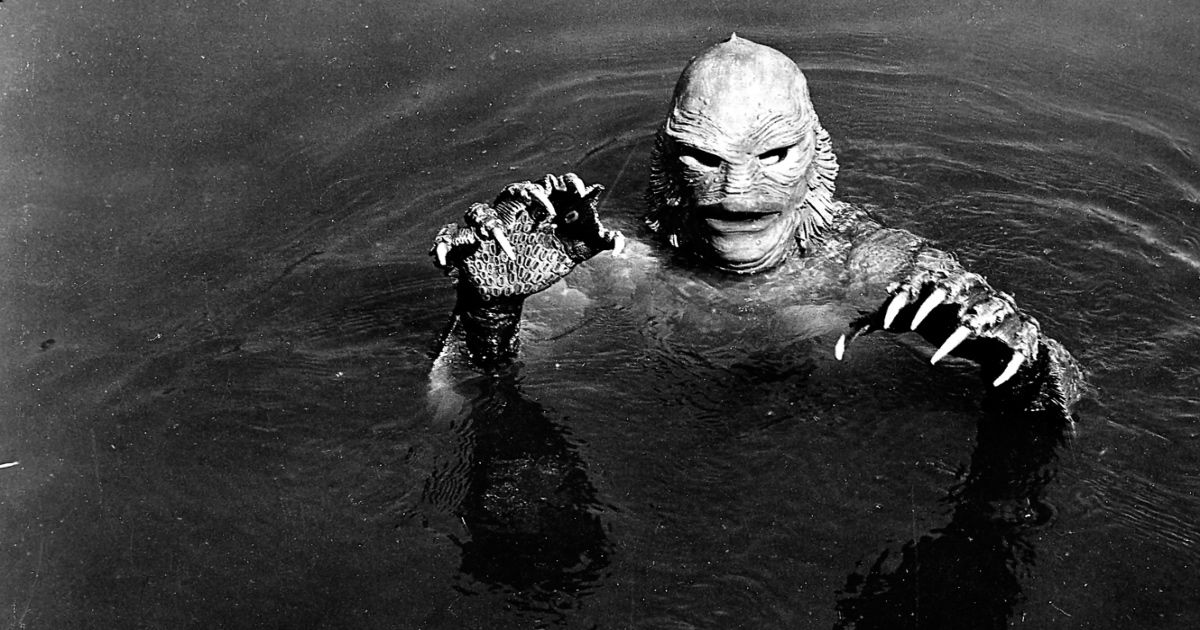
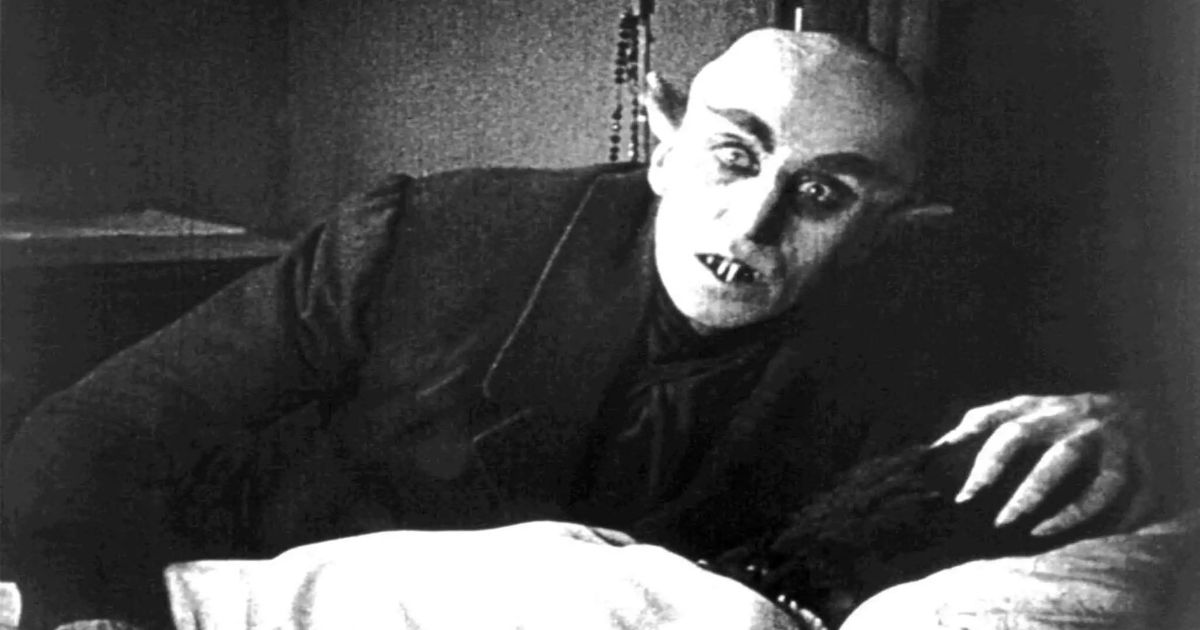
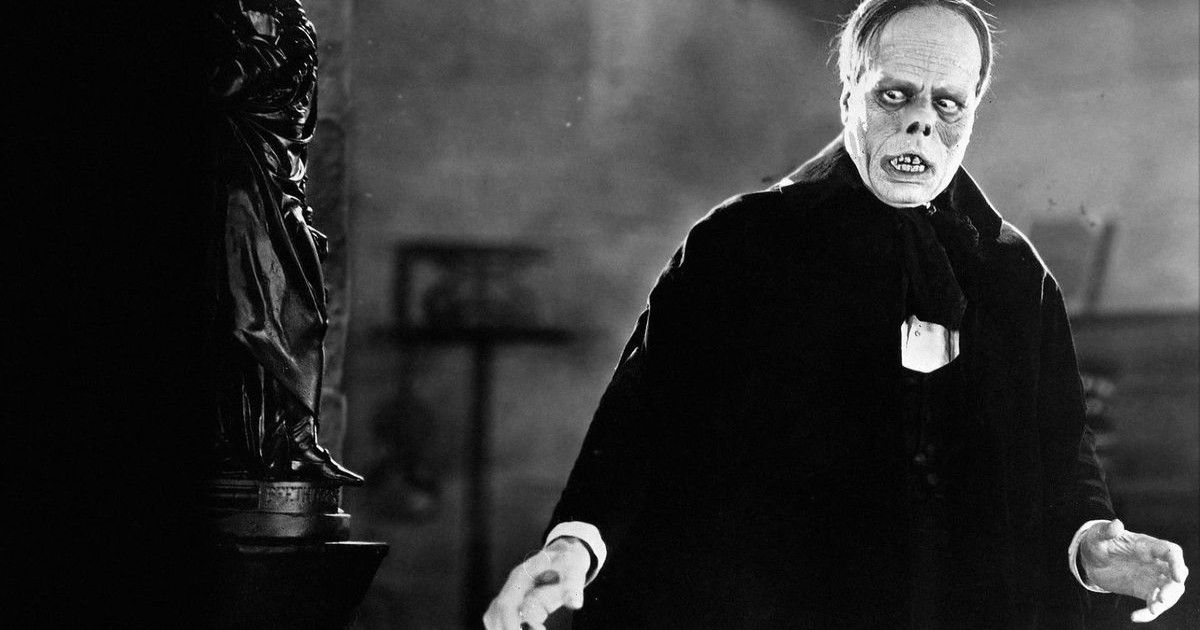
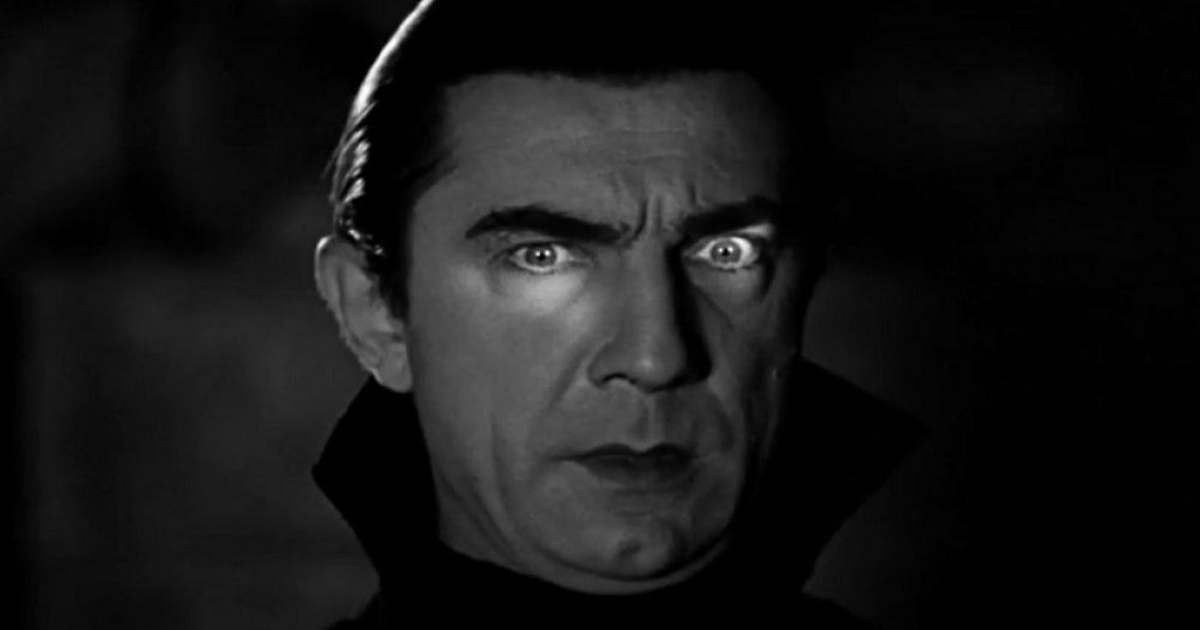

.jpg)
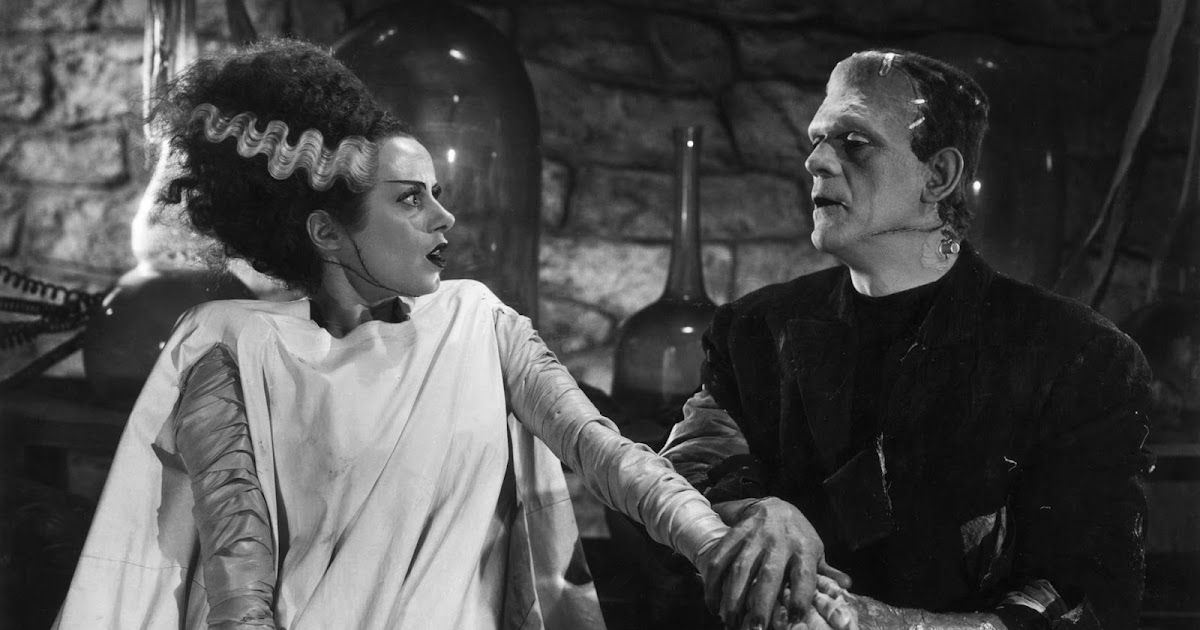
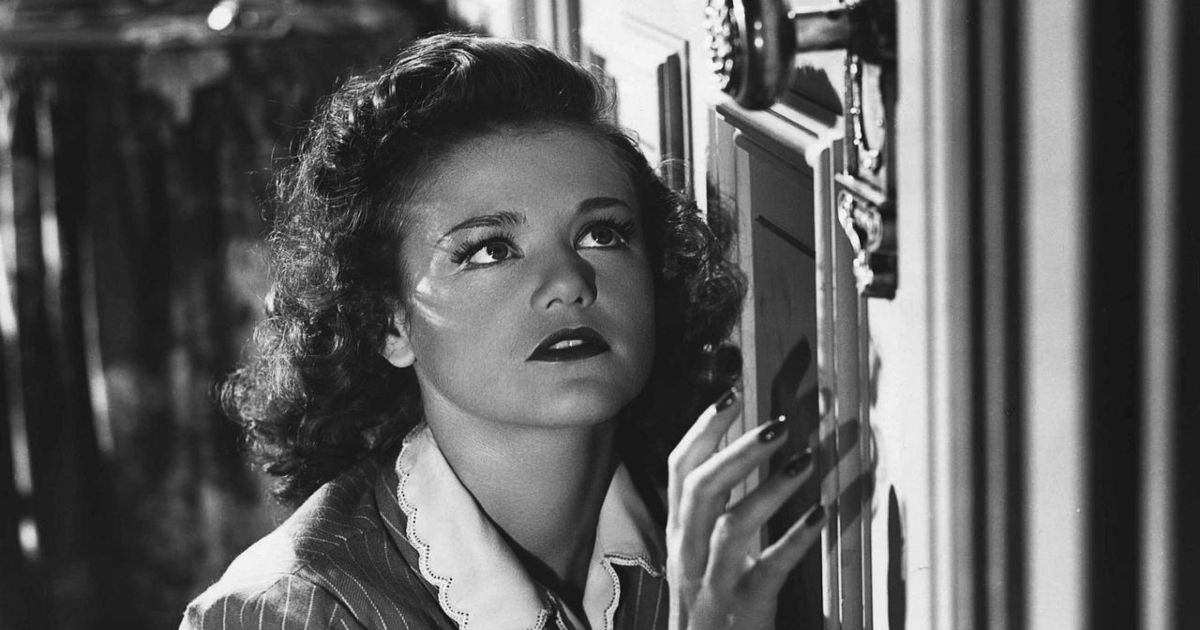
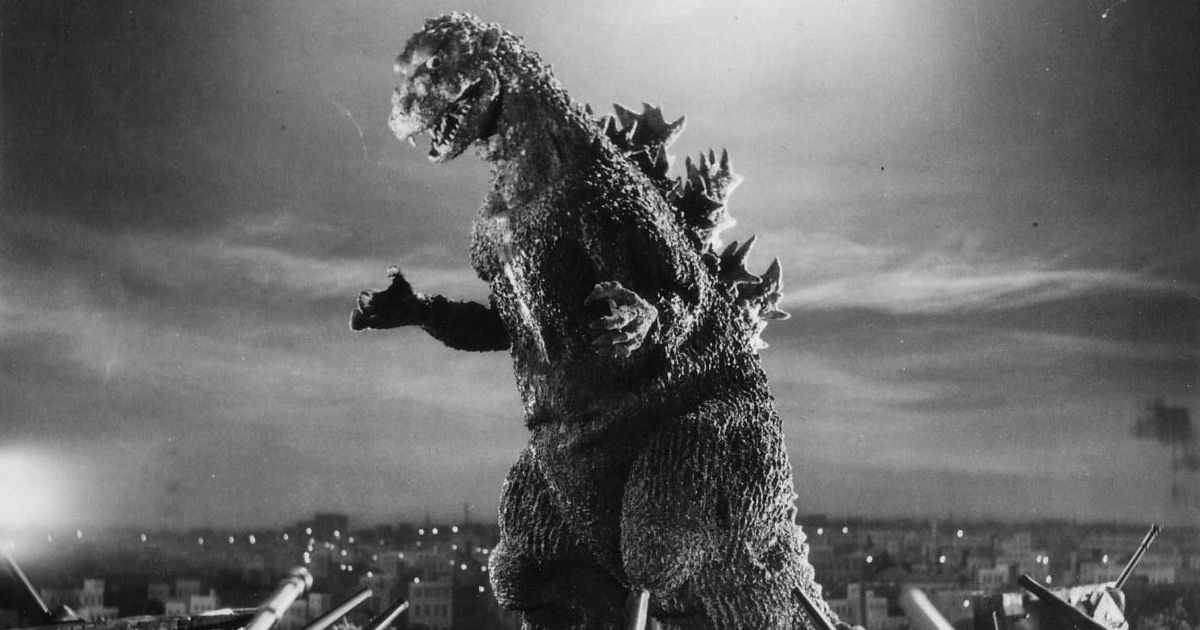
.jpeg)
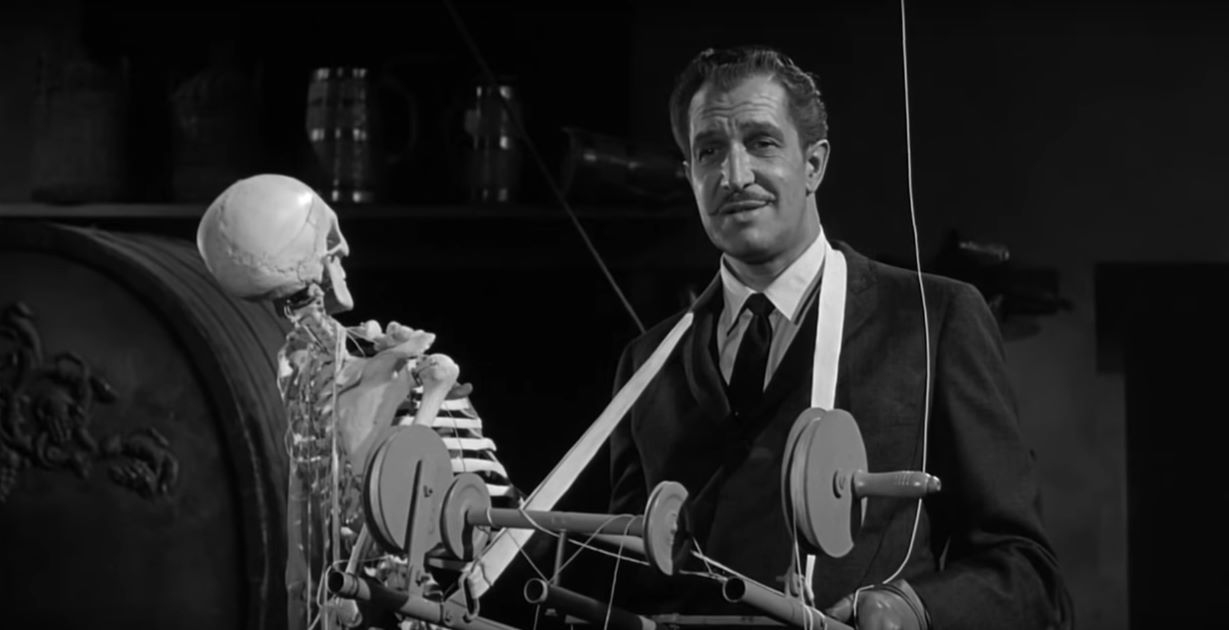
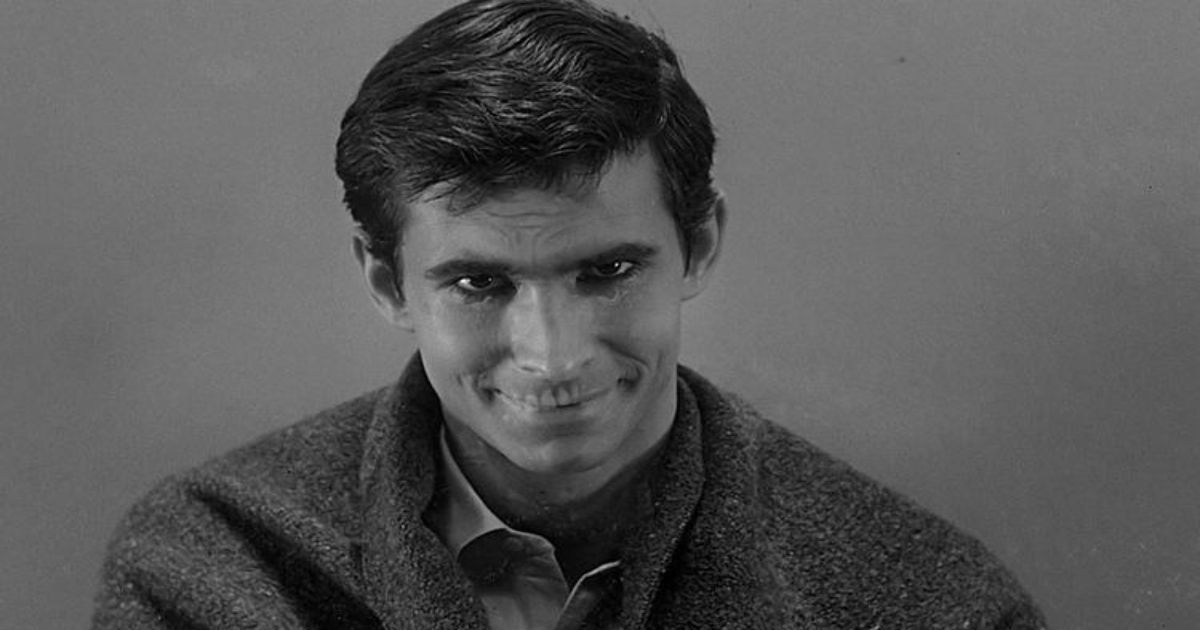
.jpg)
